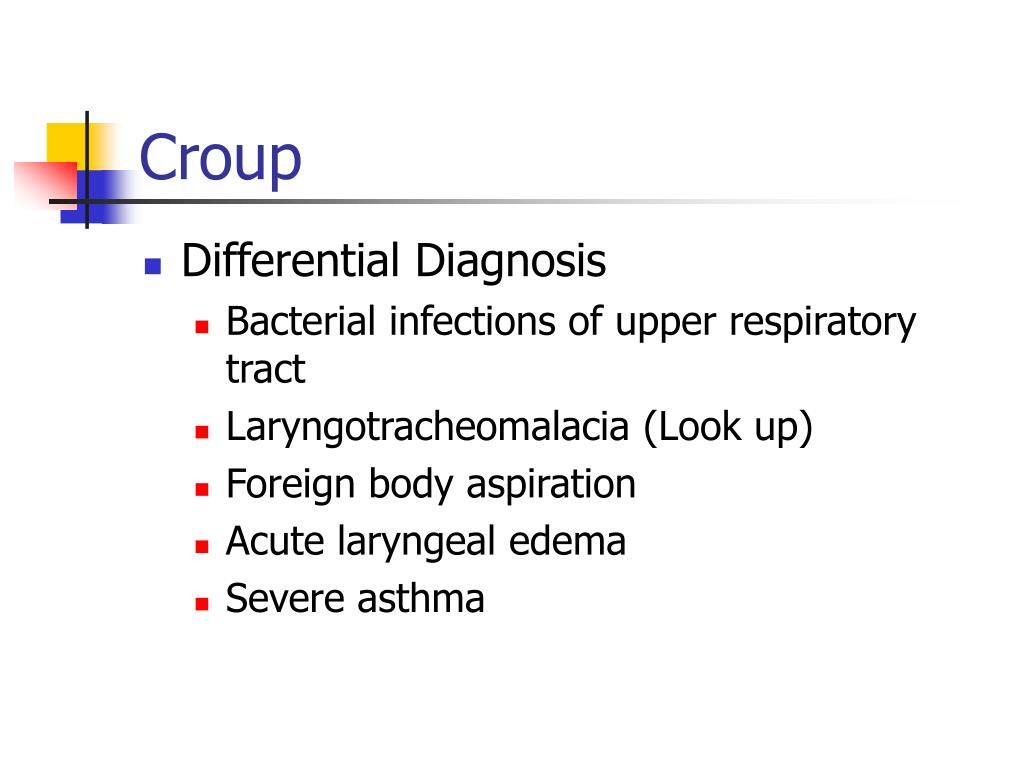

Symptoms in adults tend to be the same as in children.

Children’s Hospital of Philadelphia reports that most children will have six to eight colds per year.Ĭommon colds are caused by viruses that are “typically less severe than influenza and have a lower risk of causing a secondary pneumonia,” Williamson says.

Acetaminophen and ibuprofen can help with muscle aches, fevers and general discomfort.”Īlso caused by viruses, the common cold, aka an upper respiratory infection, is the primary reason kids stay home sick from school, the Centers for Disease Control and Prevention reports. You can also “help your body fight the infection with appropriate rest and fluids. There’s no medication that will cure a case of the flu outright, but “there is an antiviral medication called Oseltamivir (Tamiflu) that may shorten the duration of the illness if started in the first 48 hours of the onset of fevers,” Williamson says. It takes about two weeks for the vaccine to become effective after it’s been administered. Vaccines need to be administered annually, as the formulation changes each year in anticipation of the strain(s) expected to be prevalent in the next season. Your child can be vaccinated from age 6 months onward. Kids’ fevers tend to be higher than in adults, and their digestive symptoms are typically worse, too.īut vaccines are available that can greatly reduce the risk of contracting the illness or lessen its symptoms if your child does get the flu. Influenza can be dangerous, even deadly, especially in young children. “Complications from influenza are pneumonia and hospitalization from secondary bacterial infections.” Katherine Williamson, a pediatrician with CHOC Children’s at Mission Hospital in Orange County, California, and spokesperson for the American Academy of Pediatrics. Know the signs and symptoms, and seek help from your pediatrician for any symptoms that linger or seem to get worse over time.Īlso called the flu, “influenza is a virus that typically causes five to seven days of high fevers, muscle aches, fatigue, cough and runny nose,” says Dr. These seven common childhood respiratory diseases may impact your child at some point. Diseases that impact the respiratory system – the nose, throat and lungs – are very common, especially in children who have not yet built up immunity to common viruses and bacteria that can cause such problems. The human respiratory tract is open to the outside world to let air in and carbon dioxide out, making it an easy point of entry for germs that can potentially cause illness.


 0 kommentar(er)
0 kommentar(er)
